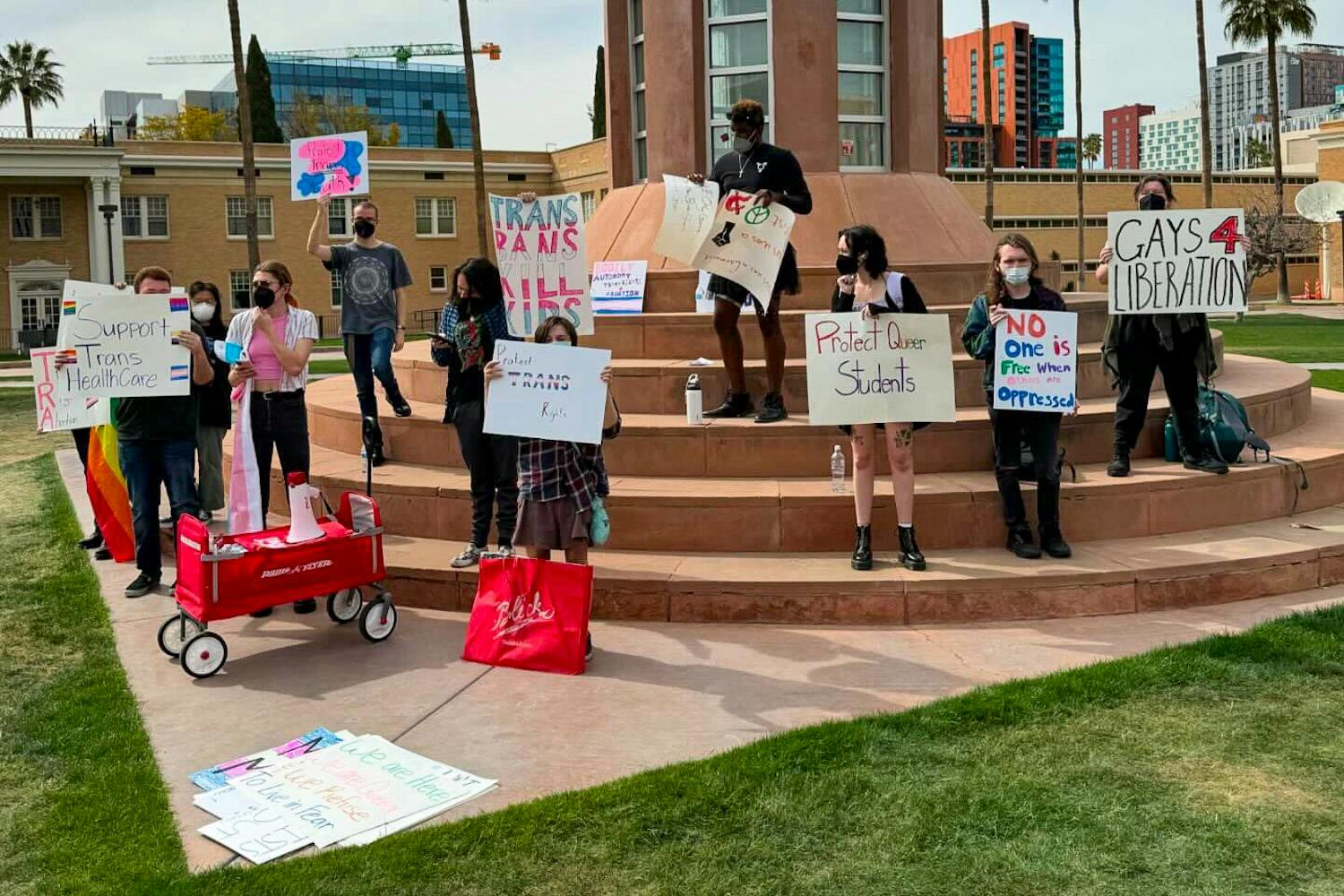ASU has been chosen by the Minerva Initiative to receive a grant that will fund a study on how terrorist organizations recruit online and how these organizations reach isolated individuals and young people.
Project leader Hasan Davulcu wrote in an email that the team intends to work with area experts to locate “on-the-ground groups,” find these groups’ online-following and track the correspondence between what goes viral online and its effects on offline behavior.
The study is part of ASU's Center for the Study of Religion and Conflict. It does not focus on how to counteract terrorist activity online, but rather on information cascades wherein masses of people spread messages across the internet causing information to “go viral,” ultimately affecting people’s attitudes and behaviors.
This research will build upon the information and tools, such as LookingGlass, a social-media mining software that resulted from a previous Minerva grant study in which Davulcu was involved with as well.
Young people are especially likely to be susceptible to terrorist ideology, Davulcu wrote in an email.
“While most people can engage in extraverted activity with others to overcome their feelings of loneliness, some people can become trapped in a chronic state of isolation and alienation,” Davulcu said.
Davulcu said that it is important to be aware of this phenomenon and reach out to those who may become isolated before negative influences like terrorist organizations do.
“(Terrorists’) recruitment tends to be based on appeals to alienated individuals by promoting utopias as pull-factors and anti-western sentiments as push factors,” Davulcu said.
The study will extend for three years and provide an in-depth look at patterns in the way terrorists spread information online and reach individuals through social media.
Paulo Shakarian, a member of the Minerva team and the Cyber-Socio Intelligent Systems Lab at ASU, said that it is very important for students to be aware of terrorists’ presence online.
Having served two years in Iraq combating insurgents such as Al Qaeda and Shi’it militants himself, Shakarian said that while he was in Iraq, terrorists were attempting to recruit from the same demographic that made up the younger soldiers in the Iraqi military units.
"Some insurgent groups in Iraq even put messages out to the followers to join the military, get training and then quit to join the insurgency. College-aged students are of a similar demographic and are prolific on social media, so I’d say it is something students should know about," he said.
Shakarian said that although extremists do their best to glamorize their ideologies, they are only looking for foot soldiers to promote their “violent and inhumane vision for society.”
Understanding the spread of this ideology will be an important step in learning how to counteract it, according to Shakarian.
Linell Cady, director of the Center for the Study of Religion and Conflict which will house the project, said that based upon the results from the last Minerva study, she expects the recent study to be a huge success.
“That ASU has been awarded two of these highly competitive Minerva grants underscores the quality and importance of the research going on at ASU,” Cady said. “I believe this new study was funded because it is tackling urgent questions about the spread of ideas and influence through social media in relationship to what’s happening on the ground...It is a huge testimony to the high caliber of the work of this team that they have landed a second Minerva grant.”
Daculvu, Shakarian and Cady all confirmed their hope to receive a third Minerva grant in the future to continue research.
“Faculty are always on the lookout for additional sources of funding to continue research projects and the new lines of inquiry that emerge from them,” Cady said.
Reach the reporter at icastil3@asu.edu or follow @isabella_m_cast on twitter
Like The State Press on Facebook and follow @statepress on Twitter




